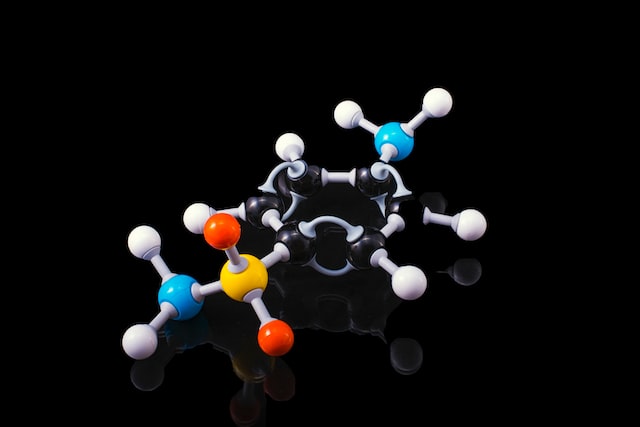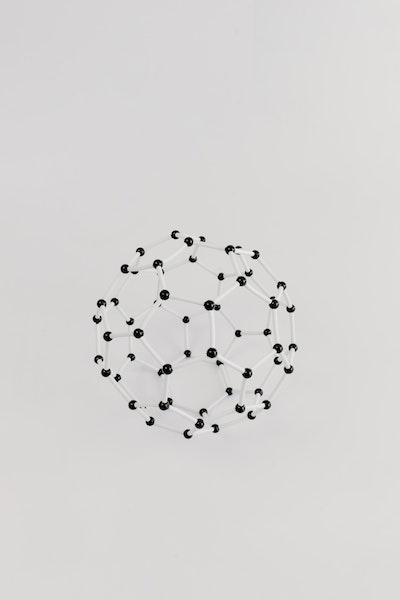Oxygen is vital to human survival, down to the body's smallest cell. However, not all oxygen is life-sustaining. Some oxygen is toxic, causing significant cellular injury. The injuries relate to the aging process.
There are tiny cellular structures inside the body called mitochondria. Researchers often refer to mitochondria as the body's power plants, burning oxygen, fat, and sugar to produce energy. The mitochondria also produce water by combining oxygen and hydrogen, but things can go wrong during the process. During the water-producing process, the mitochondria sometimes produce free radicals, a toxic oxygen pollutant.
What Is a Free Radical?

A free radical is an oxygen atom with only one electron. While the lack of an electron might not seem like a big deal on the surface, it causes the affected atom to act in a parasitic manner, stealing an electron from the nearest source. Removing an electron from another molecule creates a volatile chemical chain reaction called oxidation.
Oxidation is most visible when looking at the rust on a steel pipe or the browning of an apple when left in the air. In simple terms, oxidation speeds up the aging process, which seems bad on the surface.
Despite resulting in premature aging, oxidation is not always problematic. The body's white blood cells will release free radicals to kill bacteria. The actual issue with free radicals is when the body cannot contain or control them.
Risks of Free Radicals and Their Effect on Aging

If uncontrolled, free radicals will cause damage to cell membranes, proteins, and DNA. Mitochondria are the primary sites for free radical production and oxidative damage. The damage around the mitochondria causes the production of less energy and the generation of more free radicals, resulting in a continuous and brutal cycle.
As the damage continues, cells malfunction, leading to premature aging. According to research, free radicals and oxidative damage can contribute to malignancy, muscle diseases, cataracts, cardiovascular disease, deafness, Parkinson's, Alzheimer's, and aging.
While the body can produce free radicals, people also encounter them in their environment. Some ways you might experience the molecules include:
- Manufacturing pollutants
- Cigarette smoke
- The sun
Reducing the Effects of Free Radicals

Over years of evolution, the body developed chemical processes to help fight and control free radicals. Primarily, the body uses nutrients, such as vitamin C and E, beta-carotene, and other cellular enzymes to combat the intrusive and abnormal oxygen atoms.
Also, you can help reduce the body's ability to produce free radicals by focusing on your caloric intake. However, the efficacy of caloric restriction depends on individual needs, so always consult a doctor before making significant changes.
Exercise and diet are the most effective tools you have to fight free radicals. However, if you are sedentary, do not rush into strenuous physical activity. Intense exercise can lead to an increase in free radical production. Build an exercise habit and program slowly. Give your body time to adapt to the change.
As for nutrition and diet, focus on lean proteins and fresh fruits and vegetables. Also, talk to a nutritionist or your primary care physician about your specific nutritional needs.
Free radicals can lead to premature aging. Exposure to free radicals is both biological and environmental. Exercise and diet are the best weapons you have to stave off aging and cell damage.

